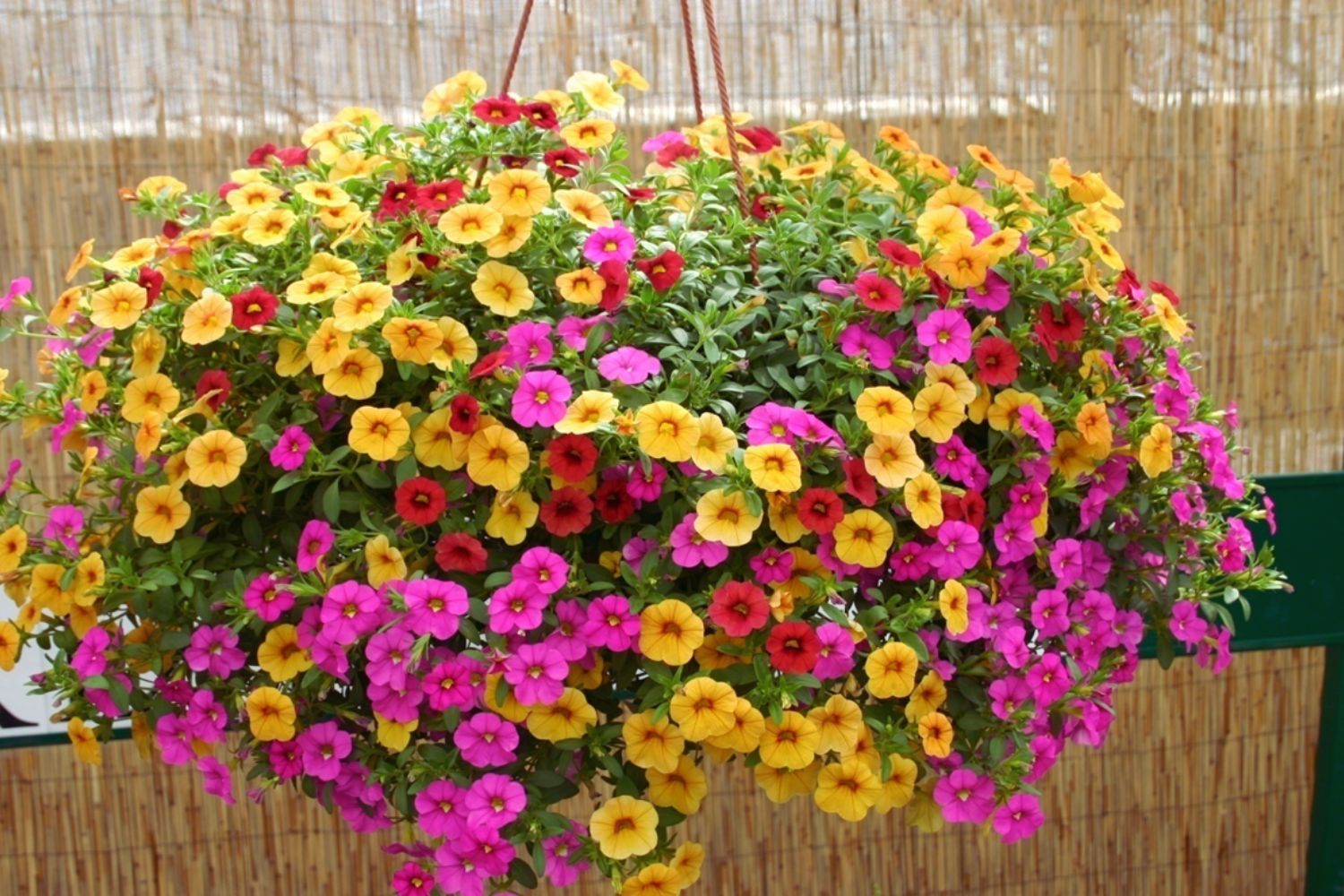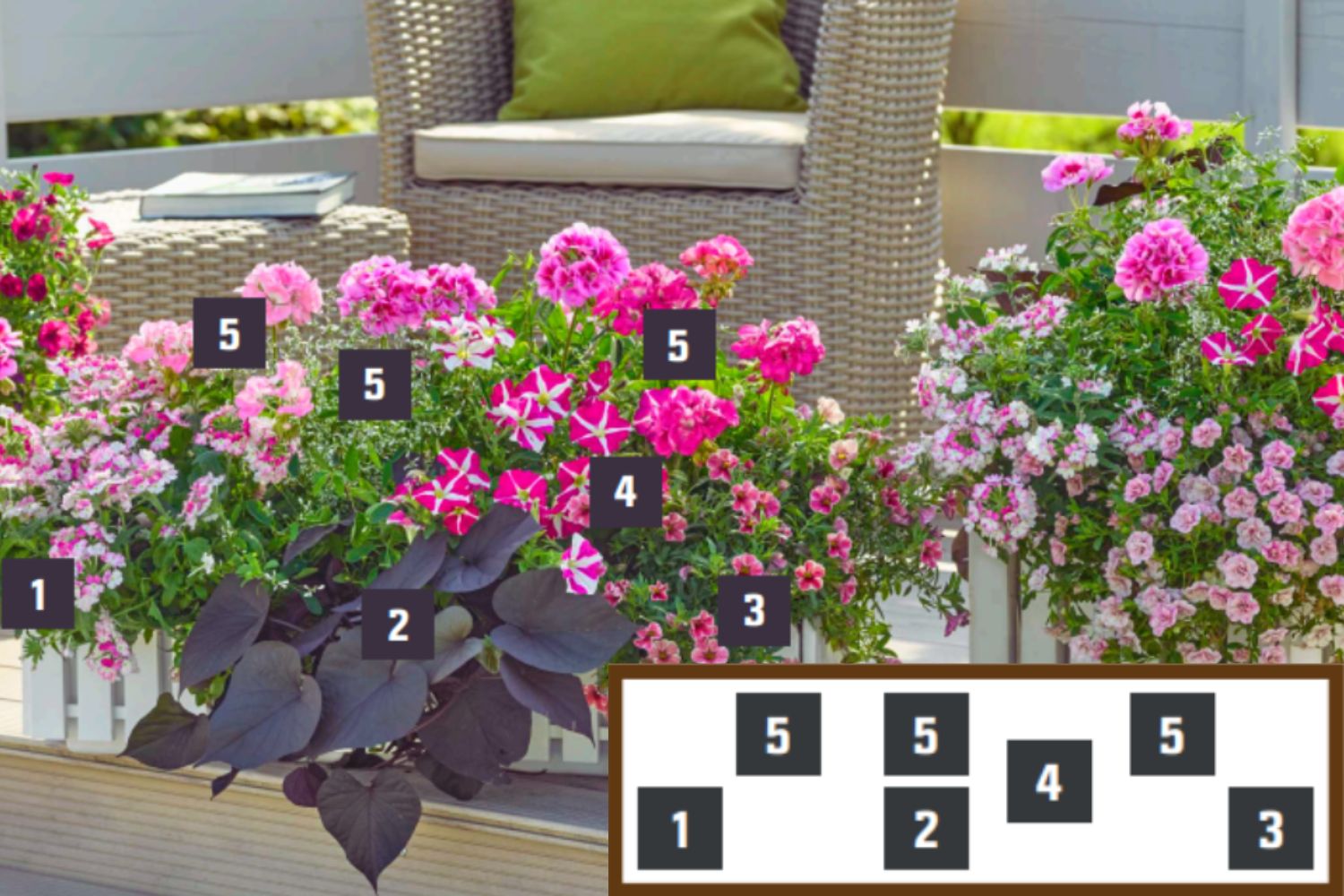Hey there,
Having a balcony, no matter how small presents an opportunity to create a lush and vibrant oasis in the heart of the city. Balcony gardening allows you to bring nature closer, regardless of limited space constraints. With a little planning, creativity, and care, balconies can be transformed into beautiful green paradises. In this comprehensive guide, we will explore the world of balcony gardening, from the benefits it offers to practical tips and inspiring ideas.
Creating a Relaxing Place
One of the primary advantages of balcony gardening is the ability to create a relaxing place right at home. Even the smallest balconies can be transformed into hiding places, providing a peaceful escape from the hustle and bustle of daily life. The presence of plants and flowers can have a calming effect on the mind, helping to reduce stress and promote overall well-being.
Improving Air Quality
Another significant benefit of balcony gardening is the positive impact it can have on air quality. Plants are natural air purifiers, absorbing carbon dioxide and releasing oxygen. By introducing a variety of plants on your balcony, you can help improve the air quality in your immediate environment. This is especially beneficial for those living in urban areas with high levels of pollution.
Connecting with Nature
In today’s fast-paced world, it is easy to feel disconnected from nature. Balcony gardening provides an opportunity to reconnect with the natural world, even in an urban environment. Spending time tending to plants, observing their growth, and listening to the soothing sounds of nature can foster a sense of peace and connection with the earth.
Planning Your Green Balcony Garden
Before diving into the world of balcony gardening, it is essential to plan your space effectively. Consider the following factors to ensure the success of your green oasis.
Assessing Your Space
Start by assessing the available space on your balcony. Measure the dimensions and take note of any obstacles such as railings, walls, or neighboring buildings. This will help you determine the layout and the number of plants you can accommodate.
Determining Sunlight Conditions
Next, consider the amount of sunlight your balcony receives throughout the day. Observe the direction your balcony faces and whether it is exposed to direct sunlight, partial shade, or full shade. Different plants have varying light requirements, and choosing the right plants for your specific conditions is crucial for their growth and well-being.
Considering Safety Measures
Safety should always be a priority when designing your balcony garden. Ensure that your balcony can support the weight of the plants and containers you plan to use. If you have children or pets, take precautions to prevent accidents, such as using childproof railing barriers or avoiding toxic plants.
Choosing the Right Plants
Selecting the right plants is key to the success of your balcony garden. Consider the following categories when choosing plants for your space.
Best Plant Choices for Balconies
When it comes to balcony gardening, certain plants are better suited for the limited space and environmental conditions. Choose compact plants, that have shallow root systems, and can thrive in containers. Some popular choices include:
- Petunias: These colorful annuals are known for their vibrant blooms and ability to tolerate various growing conditions.
- Geraniums (Pelargonium sp.): Geraniums are versatile plants that come in a range of colors and are well-suited for container gardening.
- Marigolds (Tagetes sp.): These cheerful flowers are easy to grow and can help repel pests from your balcony.
- Succulents: Succulents are low-maintenance plants that come in various shapes and sizes, making them ideal for small spaces.
- Lavender (Lavandula sp.): Known for its fragrant blooms and soothing properties, Lavender is a popular choice for balcony gardens.
Flowers for a Colorful Balcony
Flowers add beauty and color to any balcony garden. Consider the following options for a vibrant and visually appealing space:
- Impatiens: These shade-loving flowers come in a wide range of colors and bloom profusely throughout the summer.
- Begonias: Begonias are available in various types, including tuberous and fibrous begonias, with blooms in shades of red, pink, white, and orange.
- Calibrachoa: Also known as Million Bells, these cascading flowers are perfect for hanging baskets and containers, offering an abundance of colorful blooms.
- Nasturtiums (Tropaeolum sp.): Nasturtiums are edible flowers that come in vibrant shades of orange, yellow, and red, adding both beauty and flavor to your balcony garden.
Herbs and Vegetables for a Functional Balcony
If you want to make the most of your balcony garden, consider growing herbs and vegetables. Not only do they add freshness to your cooking, but they also provide a sense of fulfillment and self-sustainability.
Some popular options for a functional balcony garden include:
- Basil (Ocimum basilicum): This aromatic herb thrives in containers and adds a burst of flavor to various dishes.
- Cherry Tomatoes (Solanum lycopersicum var. cerasiforme): Compact and prolific, cherry tomato plants can be grown in pots and offer a bountiful harvest throughout the summer.
- Lettuce (Lactuca sativa): Lettuce is an excellent choice for balcony gardens, as it can be grown in shallow containers and harvested for fresh salads.
- Chives (Allium schoenoprasum): Chives are easy to grow and add a mild onion flavor to your culinary creations.
- Mint (Mentha piperita): Mint is a vigorous herb that grows well in containers, providing a refreshing addition to cocktails and teas.
Container Gardening: Maximizing Limited Space
In balcony gardening, container gardening is the go-to method for maximizing limited space and creating a visually appealing arrangement of plants. Consider the following tips for successful container gardening.
Types of Containers
When choosing containers for your balcony garden, opt for lightweight options such as plastic or fiberglass to avoid adding unnecessary weight to your balcony. Hanging baskets, window boxes, and vertical planters are also excellent choices for vertical gardening.
Soil and Drainage Considerations
Good soil and proper drainage are essential for healthy plant growth. Use a high-quality potting mix that provides adequate nutrients and moisture retention. Ensure that your containers have drainage holes to prevent waterlogging, which can lead to root rot.
Arranging Plants for Visual Appeal
When arranging plants in your containers, consider the concept of “thriller, filler, and spiller.” Choose a focal point plant (the thriller), such as a tall grass or a flowering plant, to add height and drama. Surround it with medium-height plants (the fillers) that provide fullness and texture. Finally, select trailing plants (the spillers) that cascade over the edges of the container, adding a sense of movement and softness.
Here is a planting suggestion for an 80 cm balcony box:
- Verbena sp.
- Ipomoea sp.
- Calibrachoa sp.
- Petunia sp.
- Pelargonium zonale
Vertical Gardening: Utilizing Walls and Railings
Vertical gardening is an excellent solution for small balconies with limited floor space. By utilizing walls, railings, and other vertical surfaces, you can create a stunning display of plants. Consider the following techniques for vertical gardening.
Vertical Planters and Hanging Baskets
Vertical planters and hanging baskets are versatile options for vertical gardening. These containers can be attached to walls or hung from railings, providing a beautiful vertical display of plants. Choose plants with trailing or cascading growth habits for an eye-catching effect.
Climbing Plants for Vertical Gardens
Climbing plants are ideal for vertical gardens, as they naturally grow upwards and can cover walls and trellises. Some popular choices for vertical gardens include:
- Clematis: Known for its stunning flowers, clematis adds a touch of elegance to any vertical garden.
- Morning Glory (Ipomoea sp.): Morning Glory is a fast-growing climber with vibrant blooms that open in the morning.
- Ivy (Hedera sp.): Ivy is a classic choice for vertical gardens, with its ability to cling to walls and create a lush green backdrop.
Creating a Living Wall
A living wall, also known as a green wall, is a vertical structure covered in plants. It can be created using modular panels or by attaching plants to a frame or trellis. Living walls not only provide a striking visual display but also offer additional insulation and sound-absorbing properties.
Here, you can find more ideas: Green Inspiration: Innovative Home Plant Decor Ideas – Bloom and Boughs
Caring for Your Balcony Plants
To ensure the health and vitality of your balcony plants, proper care and maintenance are crucial. Follow these guidelines for watering, fertilizing, and pruning.
Watering Techniques
Balcony plants generally require more frequent watering than plants in the ground due to the limited soil volume. However, it is essential to strike a balance and avoid overwatering, as this can lead to root rot. Check soil moisture regularly and water when the top inch feels dry. Consider investing in self-watering containers or using drip irrigation systems for efficient watering.
Fertilizing Strategies
Container plants rely on regular fertilization to replenish nutrients that may be leached out with frequent watering. Use a balanced, slow-release fertilizer or a liquid fertilizer diluted according to the manufacturer’s instructions. Apply fertilizer every 4-6 weeks during the growing season to promote healthy growth and vibrant blooms.
Pruning and Deadheading
Pruning and deadheading are essential maintenance tasks for balcony plants. Regularly remove dead or faded flowers to encourage continuous blooming. Prune back leggy growth to maintain a compact and tidy appearance. Additionally, trim back any damaged or diseased foliage to prevent the spread of pests and diseases.
Balcony Garden Maintenance
To keep your balcony garden thriving, regular maintenance is necessary. Consider the following tasks for maintaining a healthy and beautiful garden.
Pest Control
Pests can be a challenge in balcony gardening, but there are several natural methods you can use to keep them at bay. Regularly inspect your plants for signs of pests and take action promptly. Introduce beneficial insects, such as ladybugs or lacewings, to control aphid populations. Use organic pest control methods, such as neem oil or insecticidal soaps, as a last resort.
Disease Prevention
Preventing diseases in your balcony garden starts with good cultural practices. Ensure proper air circulation by spacing plants adequately and avoiding overcrowding. Water plants at the base to prevent wet foliage, which can lead to fungal diseases. Remove any infected or diseased plants promptly to prevent the spread of pathogens.
Seasonal Adjustments
As the seasons change, your balcony garden may require adjustments to ensure optimal growth. Consider the following seasonal tasks:
- Spring: Prune back dead or damaged growth, fertilize plants, and prepare for new growth.
- Summer: Water more frequently as temperatures rise, provide shade for heat-sensitive plants, and monitor for pests.
- Fall: Transition to cool-season plants, clean up fallen leaves, and protect tender plants from cold temperatures.
- Winter: Move sensitive plants indoors or protect them from frost and freezing temperatures.
Overcoming Challenges in Balcony Gardening
Balcony gardening presents unique challenges that can be overcome with careful planning and proactive measures. Consider the following tips for dealing with common challenges.
Dealing with Limited Sunlight
If your balcony receives limited sunlight, choose plants that can thrive in shade or partial shade. Choose shade-loving flowers such as Impatiens or Begonias and leafy greens like Spinach or Lettuce. Consider using reflective surfaces, such as white or light-colored walls, to maximize available light.
Addressing Strong Winds
Balconies are often exposed to strong winds, which can damage plants or cause them to dry out quickly. Create windbreaks using trellises, screens, or tall plants to shield your balcony from strong gusts. Choose sturdy plants that can withstand windy conditions, such as ornamental grasses or hardy succulents.
Managing Pests and Diseases
Pests and diseases can be more challenging to manage in a confined space like a balcony. Regularly inspect plants for signs of pests or disease and take immediate action to prevent further damage. Consider using natural pest control methods, such as companion planting or homemade sprays, to minimize the use of chemical pesticides.
Conclusion
Balcony gardening is a rewarding effort that allows you to create a green paradise in even the smallest spaces. By carefully planning your balcony garden, choosing the right plants, and providing proper care, you can transform your outdoor space into a sanctuary of beauty and calmness. Whether you choose container gardening or vertical gardening, balcony gardening offers endless possibilities for expressing your love for nature. Enjoy the love of nurturing plants, the fruits of your labor, and connecting with the natural world on your very own balcony oasis.









0 Comments